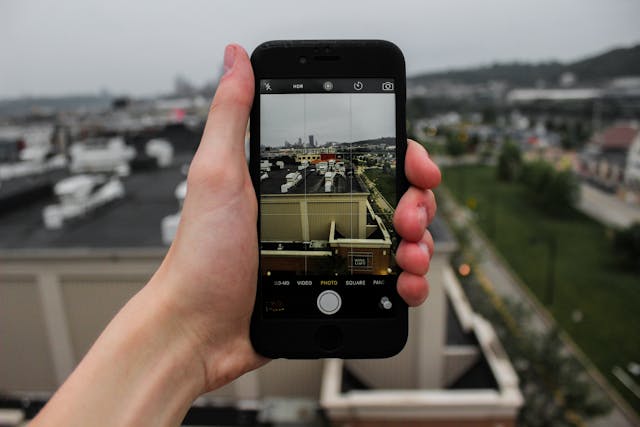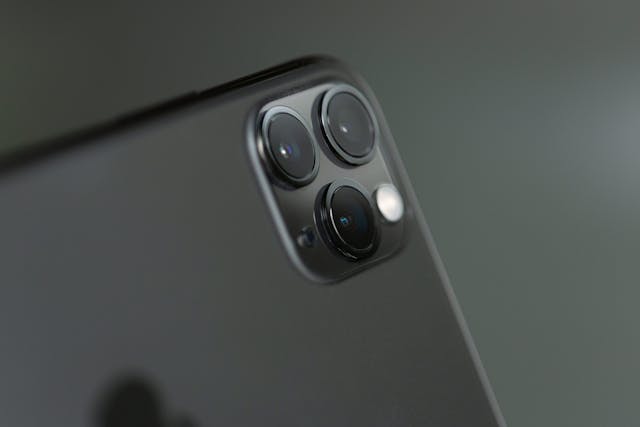Mastering Smartphone Photography: Tips for Stunning Shots Without a DSLR
Smartphones have changed the way we take photos. With powerful cameras right in our pockets, it’s easier than ever to capture amazing images without needing expensive DSLR gear. Whether you’re snapping pictures for fun or building your photography skills, your smartphone can deliver stunning shots with the right techniques.
Here are practical tips to help you master smartphone photography.

Understand Your Smartphone Camera
Before you start shooting, take time to explore your phone’s camera features:
- Learn about different modes like portrait, night, and panorama.
- Use the grid lines to apply the “rule of thirds” for balanced composition.
- Adjust exposure manually if your phone allows it for better lighting control.
Knowing your camera’s tools lets you make the most of every shot.
Focus on Lighting
Good lighting is key to great photos:
- Natural light often works best—shoot during “golden hour” (just after sunrise or before sunset) for warm, soft light.
- Avoid harsh midday sun that creates strong shadows.
- Use your phone’s flash sparingly; it can wash out colors and create unflattering effects.
- Experiment with shadows and reflections to add depth.
Composition Matters
A strong composition turns an ordinary photo into something special:
- Use leading lines like roads or fences to draw viewers’ eyes into the picture.
- Frame your subject with objects like trees or windows.
- Keep backgrounds simple to avoid distractions.
- Try different angles—shoot from low or high points for unique perspectives.
Keep Your Shots Steady
Blurry photos happen when the camera shakes:
- Hold your phone with both hands and keep your elbows close to your body.
- Use a tripod or place your phone on a steady surface when possible.
- Use your phone’s timer or a remote shutter to avoid movement when pressing the button.
Edit Your Photos Thoughtfully
Editing can enhance your images but should be subtle:
- Use apps like Snapseed, Lightroom, or VSCO for color correction and cropping.
- Adjust brightness, contrast, and saturation to make your photo pop.
- Avoid heavy filters that make photos look unnatural.
Practice and Experiment
The best way to improve is by practicing:
- Try different subjects—nature, portraits, architecture, or street scenes.
- Challenge yourself with low light or action shots.
- Review your photos and learn from what works and what doesn’t.

Final Thoughts
You don’t need a DSLR to take beautiful photos. With your smartphone and some simple tips, you can capture stunning images that tell your story. Remember, great photography comes from creativity, patience, and practice—so keep shooting and have fun!












